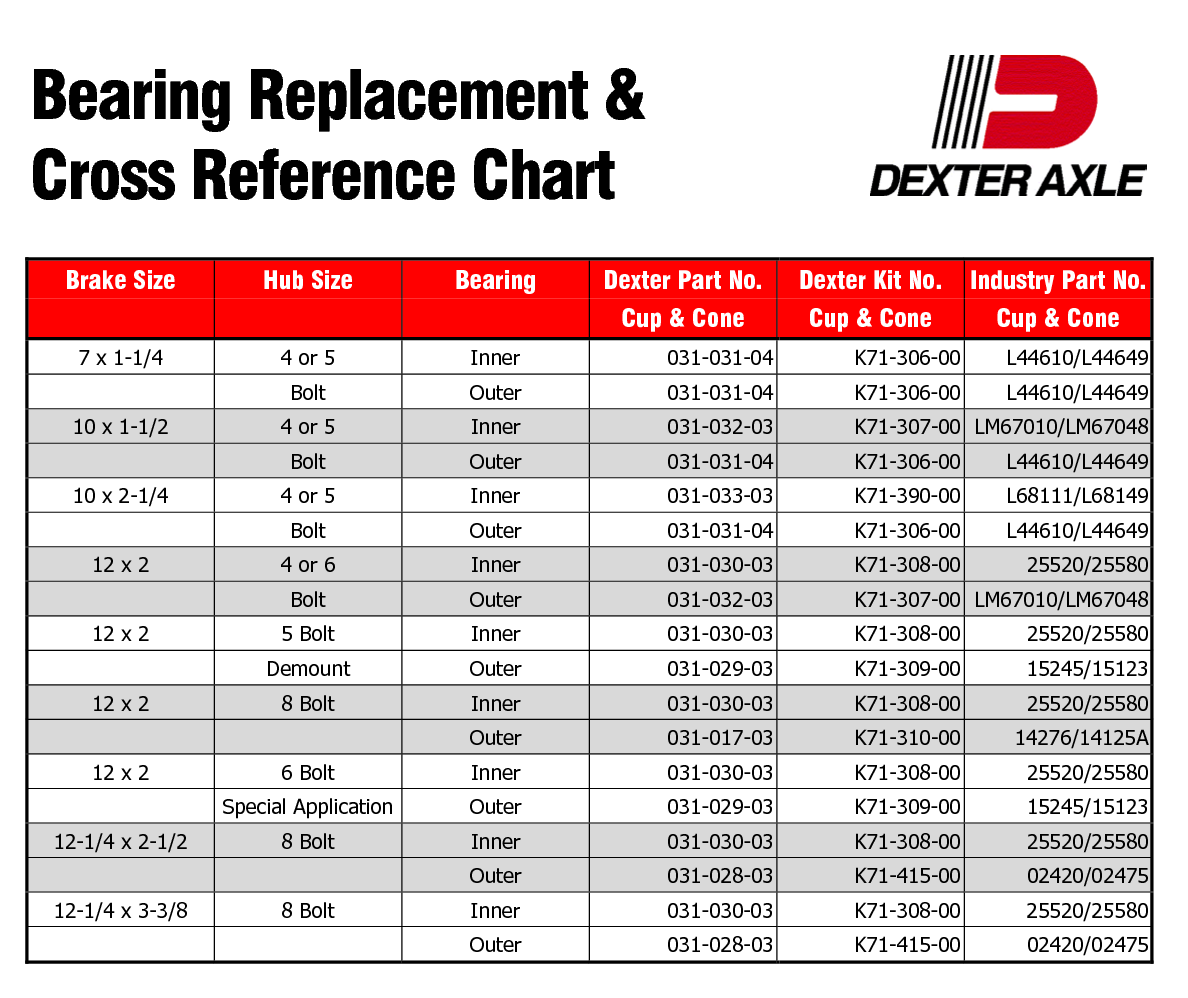Don’t want to be “that guy” stranded on the side of the road with a disabled trailer?
Before you hit the road, be sure to check your braking system and trailer wheel bearings.
How to Check your Trailer’s Wheel Bearings:
A trailer’s wheel bearings are often neglected because they are out of sight. A loose, worn or damaged wheel bearing is the most common cause of brakes that grab.
For adequate trailer wheel bearing maintenance, you need to check your bearings on a regular basis. Jack up the trailer and secure it on adequate capacity jack stands.
- Check wheels for side-to-side looseness – There should be a very slight amount of play in the wheel, typically 1/8-inch or less. If the wheels are loose or spin with a wobble, the bearings must be serviced or replaced.
- Check for noise – Have someone listen from both the driver’s side and the curbside as you tow your trailer past at about 25 mph. They should be listening for any squeaks, grinding noises, clicking or any other sound emanating from the trailer wheels. If noise is heard, check for a bad bearing or if lubrication is needed.
- Check for Heat – Tow the trailer for a short distance, 5-10 miles at highways speeds, then park the trailer. Place your hand on each of the wheel hubs of the trailer. If it is too warm to hold your hand in place, you may have a bad bearing. The wheel bearing may; require lubrication, be bad or not have enough play.
Basic Trailer Maintenance – Grease Wheel Bearings
If your axle(s) are equipped with a grease zerk on the ends of the axle(s), the bearings must be greased every 6 months or 6,000 miles to ensure reliable and safe operation of your trailer.
To grease your bearings, you will need: jack stand(s), car jack, wheel chocks, grease gun, socket set, screwdriver.
- Remove the rubber plug from the axle end.
- Place grease gun on zerk.
- Pump grease until new grease begins to appear. Use different color grease each time so you will know when the new grease begins to appear.
- Install rubber plug and cap. Repeat for remaining wheel bearings. If your trailer axle(s) are not equipped with grease zerks, refer to the axle manufacturer’s manual for service and maintenance information.

After checking your truck and trailer over, you are unable to find the issue, call Felling Parts & Service Dept. to schedule an appointment at 1-866-335-5464 or email [email protected]. We are here to help!


